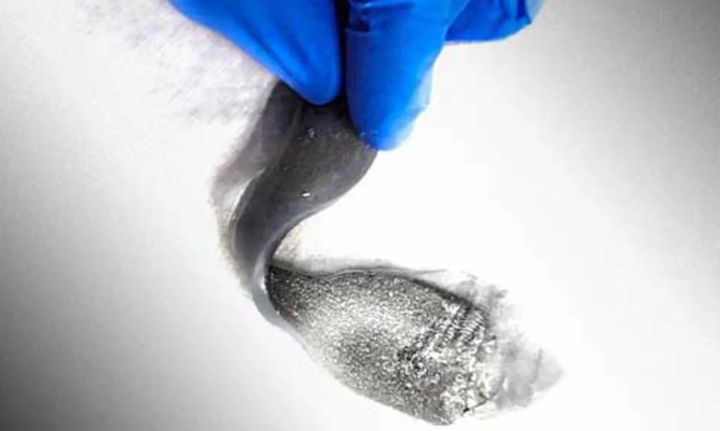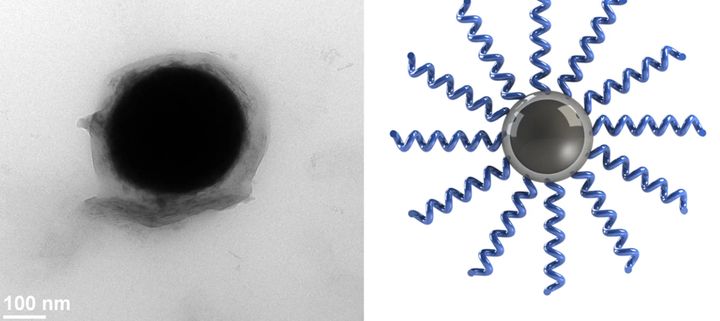
While attempts to develop a new material may not always pan out, a successful attempt in 2018 has led to ongoing research and new potentials.
Building on the development of a circuit that can electrically heal itself, Carmel Majidi, associate professor of mechanical engineering, and his team at Carnegie Mellon University’s Soft Machines Lab (SML) have made a liquid metal material capable of conducting electricity and repairing any physical damage it incurs.
In the earlier research, the team set out to create new stretchable polymer composites with enhanced electrical and thermal properties. They discovered a method to incorporate a safe metal alloy, eutectic gallium indium, into an elastomer, thus making something new that was a soft, stretchable, multifunctional composite with the bonus of having ideal levels of thermal stability and electrical conductivity.
“We can now suspend liquid metal in virtually any polymer or copolymer in order to tailor their material properties and enhance their performance,” Majidi said. “This has not been done before. It opens the door to future materials discovery.”

That door has led to another extensive paper that highlights the team’s progress, including the ability to use the material in wearables. A second related paper focuses on their efforts to make the liquid metal effective in a range of materials, including gels and various polymers, as well as its ability to be used for 3D printing.
Both studies signal expanded capabilities of the research. When used together, two electrical liquid metals fuse together similarly to how human skin heals—making circuits more adaptive and resistant. Additionally, the liquid metals provide versatility for many uses because they can be erased or redrawn.
With energy always at the forefront, this material offers a potentially exciting possibility for future wearables and soft robotics. The high conductivity of the metals results in the production of large amounts of energy. If incorporated into a wearable, human movement would generate electricity.
Read more at ENGINEERING.com
